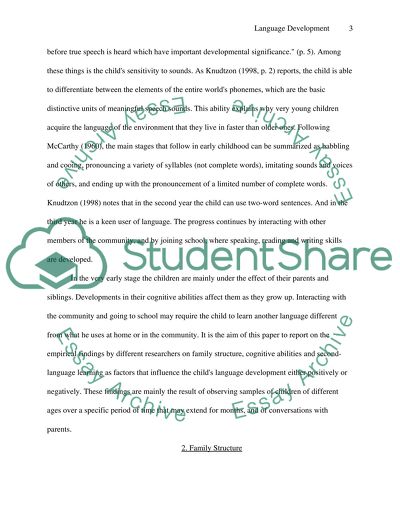Cite this document
(“Some Factors that Influence Language Development in Children Essay”, n.d.)
Retrieved from https://studentshare.org/social-science/1533586-report-on-language-development
Retrieved from https://studentshare.org/social-science/1533586-report-on-language-development
(Some Factors That Influence Language Development in Children Essay)
https://studentshare.org/social-science/1533586-report-on-language-development.
https://studentshare.org/social-science/1533586-report-on-language-development.
“Some Factors That Influence Language Development in Children Essay”, n.d. https://studentshare.org/social-science/1533586-report-on-language-development.


